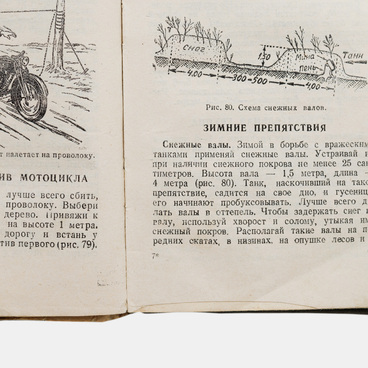Among the many varieties and types of bayonets ever manufactured for the Mosin rifle, there were the so-called “ersatz bayonets”, which were produced in significant numbers between 1941 and 1944 in the besieged Leningrad. Therefore, they are called “blockade bayonets” by collectors and researchers of Soviet edged weapons.
Although the Leningrad ersatz bayonets have been described in the professional literature devoted to bayonets, information about them is scarce, often contradictory and incomplete.
The total length of the “blockade bayonet” for the Mosin rifle Model 1891/1930 varies from 340 to 360 millimeters, and according to some sources — up to 440 millimeters.
The bayonet has a single-edged knife-shaped blade with a fuller on both sides. The length of the blade ranges from 265 to 285 millimeters (in some sources — up to 360 millimeters).
Even as to the “blockade bayonets”, experts distinguish from two to six or more types, produced in Leningrad, not to mention several variants of Tver ersatz bayonets. Judging by a variety of designs of “blockade bayonets”, they could be produced by, at least, three enterprises in the besieged Leningrad.
The shape of the blade and the fullers of these bayonets led researchers to assume for a long time that they were made by welding fragments of knife blades or blanks of bayonets from SVT rifles to the standard Mosin socket bayonet of the 1930 model.
Nevertheless, when comparing the blades of “blockade bayonets” and bayonets of Soviet automatic rifles of the 1930s and 1940s, it becomes obvious that this is far from the case. Despite the external similarity in the design of the blades and the shape of the fullers, the differences are also clearly visible: the “blockade” blades are simpler and rougher. In addition, the presence of a sufficient number of broken bayonets for the Mosin and SVT rifles in the besieged Leningrad required for the industrial production of ersatz bayonets seems very unlikely. The study of available artifacts and photographs clearly proves the existence of both welded and cast versions of the ersatz bayonet.
By that time, new manufacturing methods developed
and tested in Kyiv by the Institute of Electric Welding of the Academy of
Sciences of the Ukrainian SSR under the leadership of Evgeny Oscarovich Paton
already existed and were widely implemented in production.



